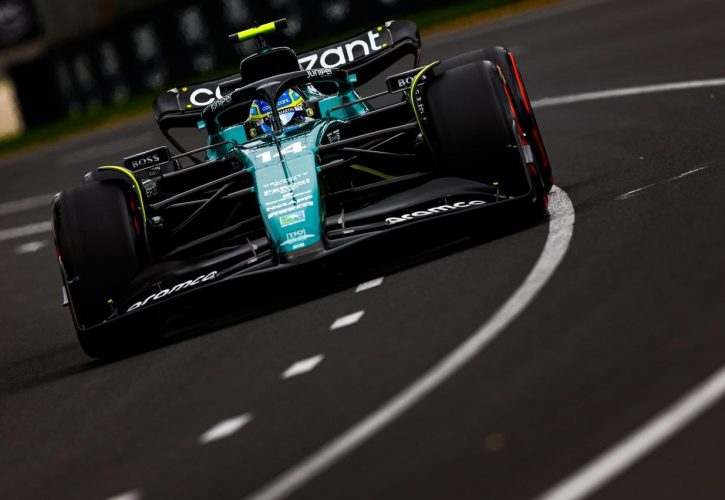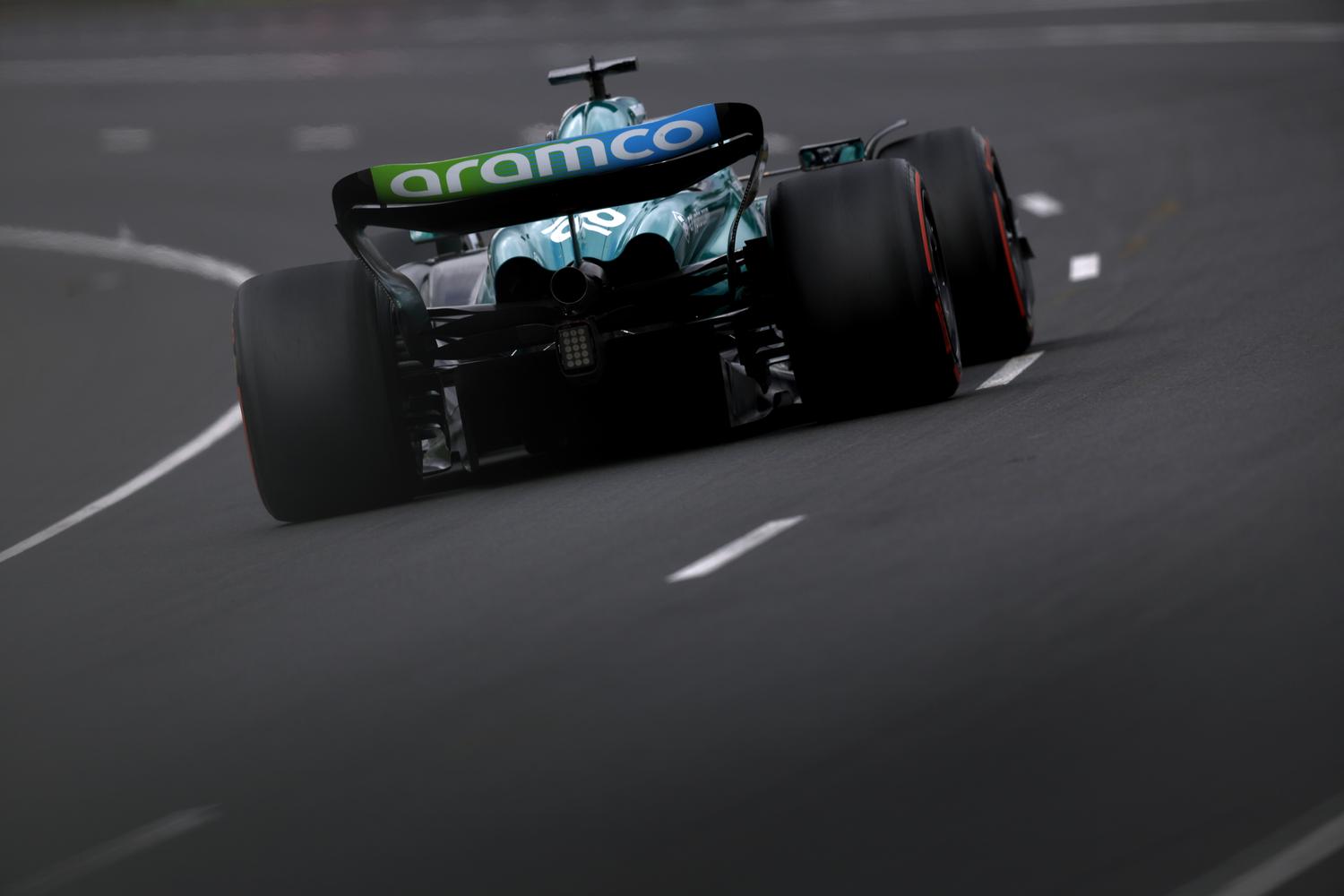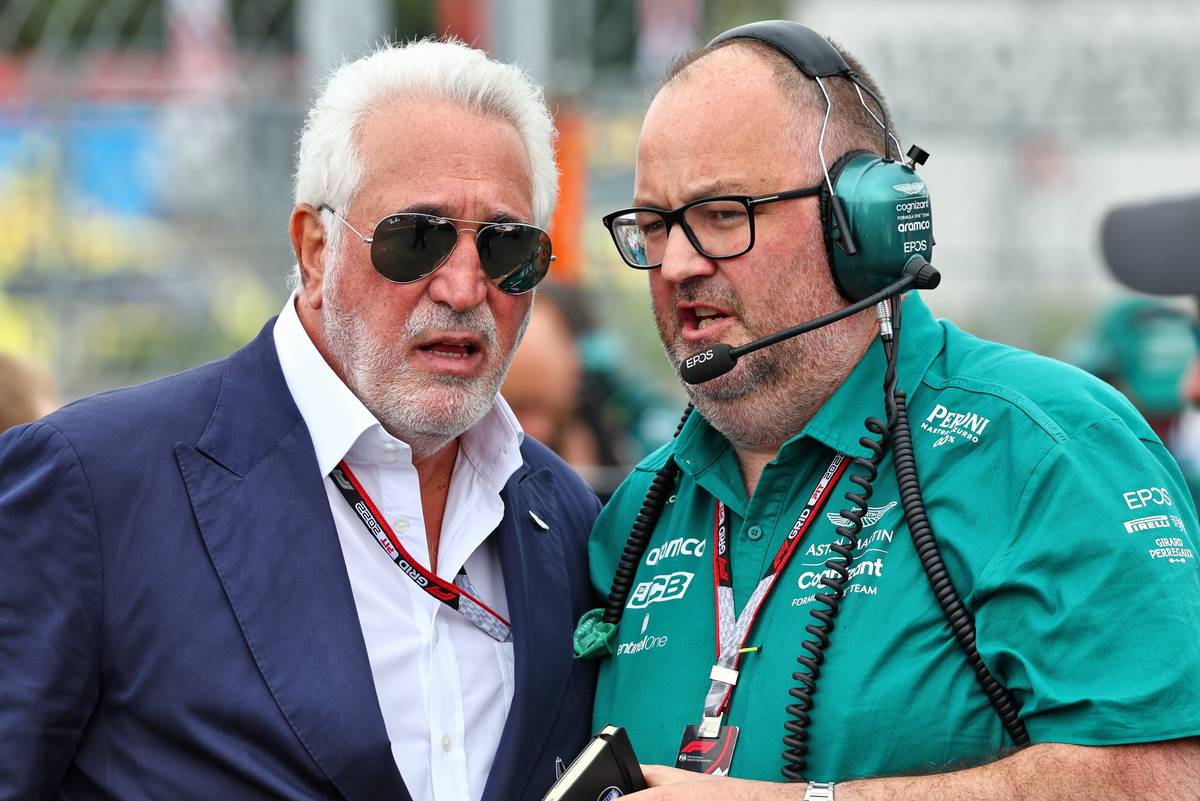
Aston Martin says its greater aerodynamic testing allocation relative to its rivals is an advantage that the Silverstone-based outfit is actively leveraging to its advantage.
Aston's 2023 car has been the revelation of the season so far, the AMR23 finishing third in the hands of Fernando Alonso in the opening three races of its campaign and proving to be a match for its Mercedes and Ferrari rivals.
The team hopes to uphold its momentum in the coming months, thanks in part to the updates that will find their way onto its contender.
And to make the most of its development programme, Aston is relying on a 100% baseline aerodynamic testing allocation that significantly exceeds that of leader Red Bull but also of Mercedes and Ferrari.
As a reminder, as part of F1's cost cap measures that were introduced in 2021, teams are restricted in the number of wind tunnel testing runs and computational fluid dynamics (CFD) hours they can use do to develop their racing car.

©AstonMartin
Each team's Aerodynamic Testing Restriction (ATR) is determined by its position in the Constructors' standings at two points: the end of the previous season and on June 30 of the current season, with the worst-performing teams having the most development opportunity.
Reigning world champions Red Bull therefore started the season with the toughest restrictions, or 63%, a number that also takes into account the cost cap penalty levied upon the team last November.
Ferrari and Mercedes' ATRs are 75% and 80% respectively, while Aston can take advantage of the full baseline allowance thanks to its 100% ATR.
"It’s definitely an advantage, we try to use it as much as we can," Aston Martin performance director Tom McCullough told AS.
"The more time you have, the more sessions you do and the more things you can analyse.
"We are every week in the wind tunnel looking for development avenues that can bring significant performance, keeping the cost ceiling in mind.
"From Baku onwards, parts will come in. It’s really the process that everyone is doing right now."

Lawrence Stroll with Aston Martin performance director Tim McCullough.
The difference in ATR between the top teams is one reason while the spread is so tight among Red Bull's pursuers, although McCullough notes that while its rivals and itself are close to each other, their performance is not achieved in the same way.
"Mercedes, Ferrari and us are close since testing," he explained. "There are small differences between efficiency, slow corner, medium corner, fast corner.
"The cars do similar times but they do it in different ways.
"Our car is more about cornering than straight-line speed. Last year we made a lot of rear wings to have an optimal rear wing for many circuits, but that’s very expensive.
"This year we have had the same wing for three races. We will introduce a rear wing at Baku, where a lot of efficiency is required, but we plan everything from a cost ceiling perspective."

©AstonMartin
McCullough admits that Red Bull has achieved the feat with its blistering fast RB19 of blending a high level of aero efficiency with impressive straight-line speed.
"Their car is very strong on efficiency," said the Aston engineer. "The DRS effect is quite strong.
"But it’s also very strong on the straights. Albert Park has a high sensitivity to DRS because there are four zones in a relatively short lap. It’s a strong car in the corners and very strong on the straights.
"It’s more likely that [the RB19’s advantage] is fundamentally aerodynamic efficiency. I don’t have all the data, if you look at the other Honda-powered cars."
McCullough hopes that low efficiency venues – such as Monaco and Barcelona – may provide Aston with an opportunity to challenge Red Bull.
"The Red Bull was already efficient last year," he added. "Baku and Miami will be circuits where efficiency is very important, but later on there are low efficiency circuits like Monaco or Barcelona.
"The first three circuits of the World Championship are not typical throughout the year. Now we have a lot of Grands Prix on high efficiency tracks, but throughout the year we will have more low efficiency events and we have designed the car for the whole season."
Keep up to date with all the F1 news via Facebook and Twitter






